|
Computer Science - Mobile Device Operating Systems
Numerous manufacturers produce smartphones and tablets, but almost all of them run one of four mobile-friendly operating systems: Apple iOS, Android, Windows Phone, or BlackBerry OS. The majority of mobile operating system interfaces include icons and full-screen programmes that you access by tapping the touch-sensitive screen, in contrast to the majority of desktop and laptop operating system interfaces that have menus, windows, and icons that you access with a mouse. Mobile devices come with operating systems that are stored on nonvolatile memory, or memory that keeps its data even after the device is turned off. Although you can install updates, a mobile device comes with a specific OS that you cannot switch to. Despite the fact that the iPhone and iPad have different screen sizes, Apple iOS functions in the same way on both devices. iOS is exclusively available on Apple hardware; it cannot be used with any other hardware. Android For mobile devices, Google created the Android OS, a Linux derivative. The free and open source Android OS is used by many more affordable phones and tablets. Icons are arranged on a home screen in Android, which has a similar interface to iOS. The vast majority of iOS apps also have Android equivalents. Windows Phone As a version of Windows for mobile devices, Microsoft creates Windows Phone. Rectangular tiles on the Windows Phone main screen can be resized, and you can enlarge the tiles for the programmes you use the most. Fewer developers produce versions of their apps for Windows Phone because it has not gained the same level of popularity as iOS or Android. You can find the Windows Phone OS on a range of devices because Microsoft licences it to a number of different hardware producers. Current Windows-based tablets use Windows 10 Mobile, a mobile-friendly version of Windows 10 (note the name change from Phone to Mobile). Windows RT, a tablet version that was once offered, has been discontinued. BlackBerry Exclusive to BlackBerry smartphone hardware, the BlackBerry OS is a proprietary operating system. The BlackBerry OS will only receive a few updates, according to the parent company of the operating system; BlackBerry has lost market share in recent years and is not anticipated to be further developed.
0 Comments
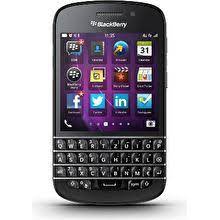 Computer Science- Devices for Mobile Computing Mobile devices are smaller and lighter than desktop and laptop computers since they are designed to be used on the go, as their name suggests. (Technically, laptops are mobile as well, but since they use desktop operating systems and offer comparable features, we discussed them with desktops.) Small touch-sensitive screens on handheld devices serve as both input and output mechanisms. Some modern gadgets, like the BlackBerry, still have integrated hardware keyboards, although most feature touchscreens with virtual keyboards that appear on-screen when needed. Tablets and smartphones are the two main categories of mobile devices now on the market. In the past, other types of devices (such digital music players, e-book readers, and personal organisers) were popular, but this popularity waned as smartphones and tablets improved. Smartphones Smartphones are more than just mobile phones; they are also tiny computers that provide you access to the Internet anywhere you are. By allowing you to copy and carry around data that you would often store on your PC, such as your address book, calendar, task lists, and so forth, they also aid in keeping you organised. You can play games, edit spreadsheets and text documents, read books, listen to music, and perform a variety of other computing functions on the majority of smartphones. We can divide smartphones into three groups based on operating systems: iPhones (iOS), Androids, and Windows Phones. We'll talk more about each of these groups later. Tablets A tablet is a touchscreen-equipped digital slate. It resembles an enormous smartphone, but most lack cell phone capabilities. (A tablet with cell phone functionality is referred to as a phablet.) A tablet bridges the gap between a laptop's processing capability and a smartphone's pocket-sized portability. The iPad, which runs on the same iOS operating system as the iPhone, is the most well-known tablet in the world. Other options include a number of tablets that run on Android, such the Samsung Galaxy Tab. The distinction between a laptop and a tablet is blurred by the detachable keyboard on Microsoft's Surface and Surface Pro tablets, leading some to refer to them as laplets. It's easiest to think of these as laptops that can pass for tablets because they still run the full workstation (desktop and laptop) version of Windows. Mobile Devices with a Specialty The catch with speciality mobile devices is that they frequently become well-liked for a single activity before smartphones and tablets and other more generic mobile devices, such as their hardware and apps, improve to the point where the typical user prefers using the app over carrying a different device. You can carry around the equivalent of a small library in your pocket thanks to e-book readers, which are essentially tablets designed just for reading e-books (like the Amazon Kindle or Barnes & Noble Nook). They offer wonderful features like long battery life and screens that don't fade in sunshine and create less eye strain. If crunching numbers is your thing, a modern scientific calculator packs more raw computing power than the earliest mainframes could fit into an index card-sized shell. There are calculators with video screens that let you graph complicated equations, but a smartphone app can also do this. Using tools with global positioning system (GPS) receivers, you can determine your precise location and get directions. Having a separate GPS device has become less desirable as more smartphones and cars now come equipped with GPS, making it easier to navigate roads and cities on foot or in a car. Some standalone GPS units have features that make them indispensable for endeavours like sailing or protracted backpacking trips. Computer Science - Chrome Os
For thin client systems—minimally equipped PCs made primarily for Internet use, as opposed to thick clients—Chrome OS is a Linux derivative created by Google. Because it cannot run desktop programmes like Microsoft Office, Chrome OS cannot serve as a viable alternative to a full-featured operating system like Microsoft Windows. Linux is a subset of UNIX, a much older operating system that was first deployed on servers as a command-line operating system. Since the operating system is free and open source, anyone can download it and alter the source code (if they know how to programme, of course). There are Linux variants available for practically every type of computer system.
The fundamental thing about open source software is that anyone can make changes and distribute this new version to the public. Open source software is typically free (you might have to pay to licence some software for business use). In contrast, a business or individual owns commercial software, such as Windows, and they are the only ones with the authority to create, alter, and sell it. A distribution, or distro, is a version of Linux that has been packed with utilities and add-ons appropriate for a certain use. The term "desktop environment" (DE) refers to the unique user interface that each distribution has. Ubuntu Linux is one of the most widely used computer operating systems, and you can download it for free online. The graphical interface for Ubuntu Linux is depicted in Figure 1-16. Although Chrome OS and other well-known operating systems are based on Linux, they often have their own distinctive user interfaces and many other changes. Computer Science - MacOS
An alternative to Windows-based PCs is the Apple Mac (formerly Macintosh) computer. a standard Apple Mac is shown. Apple's own operating system, formerly known as OS X but now known simply as macOS, is used on Macs. PCs and Macs are both capable of performing the same duties, but Macs are more popular in creative industries like graphic design, music, and video. MacOS-specific software is necessary. An application created for Windows cannot be installed or operated on Mac OS. Apps are frequently created by programming firms for both platforms; you must install the appropriate edition. Computer Science - Microsoft Windows Operating System
Both desktops and laptops can operate the Microsoft Windows operating system, as seen in. Microsoft produces "Windows" editions for smaller gadgets like tablets and cellphones, but these are very different from the desktop versions. You can use Windows to run programmes, handle files, connect to the Internet and other networks, and pretty much anything else you could possibly want to do with a computer. Although Windows 10 is the most recent edition, you might also run into Windows Vista, Windows 7, and Windows 8.1. 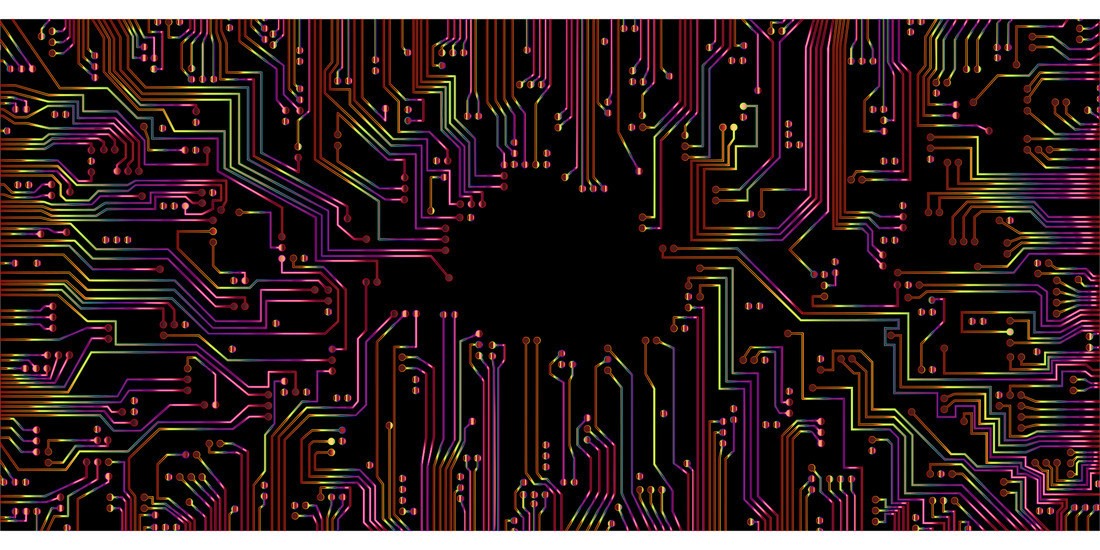 Computer Science - Command line interface vs. Graphical User Interface The majority of popular operating systems have both a command-line interface and a graphical user interface (GUI) (CLI). A graphical user interface shows images on a monitor, and a mouse or other pointing device is used by the user to communicate with the images. GUIs are well-liked because they are simple to use and don't require much instruction or order memory. By entering instructions at a text-based on-screen prompt, users communicate with a CLI. The CLI shows in a window within the GUI in operating systems that support both interfaces. Figure displays the Windows ( and Linux command prompt panels . Even though you can complete the same duties in both Linux and Windows, the commands used to do so are different.Mac Os command line interface is similar to Linux command line interface. Computer Science - Hardware Platform
Your OS preference is based on the hardware capabilities of your computer; not every PC can operate every OS. The platform is the hardware that an OS is installed on, though the word "platform" refers to more than just hardware. There are many monikers for the common platform that powers the Windows operating system, including IBM-compatible platform, IBM platform, and Intel platform. The first widely used desktop computers, which ran on the MS-DOS text-based operating system, were created by IBM. The platform's CPUs were supplied by Intel. These days, this platform can also operate the open-source Linux operating system or the compact and effective Google Chrome OS. The Macintosh platform's components and operating system are both produced by Apple. The majority of Macs currently use the same Intel-manufactured CPUs as PCs with Intel platforms, as opposed to early Macs that had proprietary hardware that could only run Apple's OS. As a result, the majority of Macs can run Windows using a programme named Boot Camp. Computer Science - Computer operating systems for laptops and desktops
The operating system (OS) of a computer controls how users can use it, enables how its applications work, and runs the machine. An operating system (OS) can be thought of as the component of a computing device upon which everything else is built. Microsoft Windows is by far the most widely used operating system for desktop and mobile computers, holding more than 90% of the market. There are a variety of other operating systems available on the market that have opposing advantages. 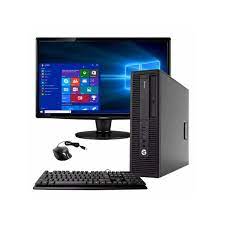 Computer Science - Laptops and desktop computers Desktop computers or desktop PCs are computers that aren't readily portable, and laptops are computers that can be transported (or notebooks). A desktop computer usually has its own power supply, keyboard, and mouse components, as well as a separate display (although some have built-in monitors). You can also attach peripherals (or additional devices) like a scanner, webcam, or printer. Desktop computers are available in a variety of sizes and shapes, from the metal boxes you've probably seen in workplaces, classrooms, and residences to strange-looking creations with blinking lights, transparent cases, distinctive paint jobs, and other aesthetic features. A laptop computer usually comes with all necessary parts included in a single unit. For transport, the laptop display, for instance, can be folded down to enclose the keyboard. The majority of computers come with a built-in pointing device, such as a touchpad, in place of a mouse. Some of them additionally feature touchscreens, which let users operate the apparatus with their fingers. Laptops Because of how closely they resemble a paper notebook in size and form, PCs are frequently referred to as notebooks. There are many synonyms for this theme's variants. For instance, subnotebooks, a term for small laptop computers, are sometimes used for ultrabooks, which are laptop computers that are both slim and powerful. |
AuthorAnything you need to know about computer science Archives
May 2023
Categories
All
|
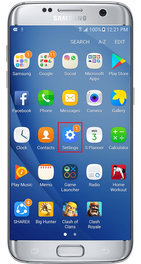
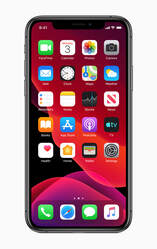
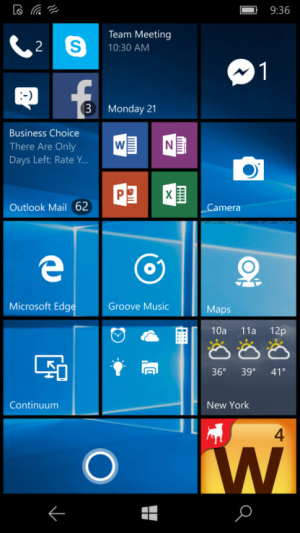
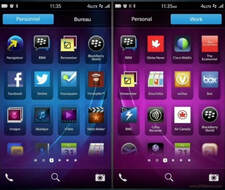
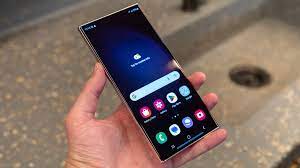
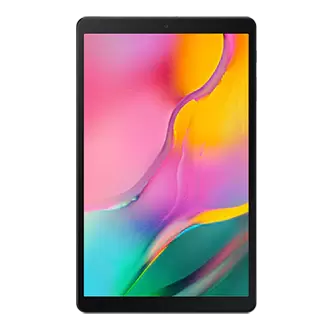
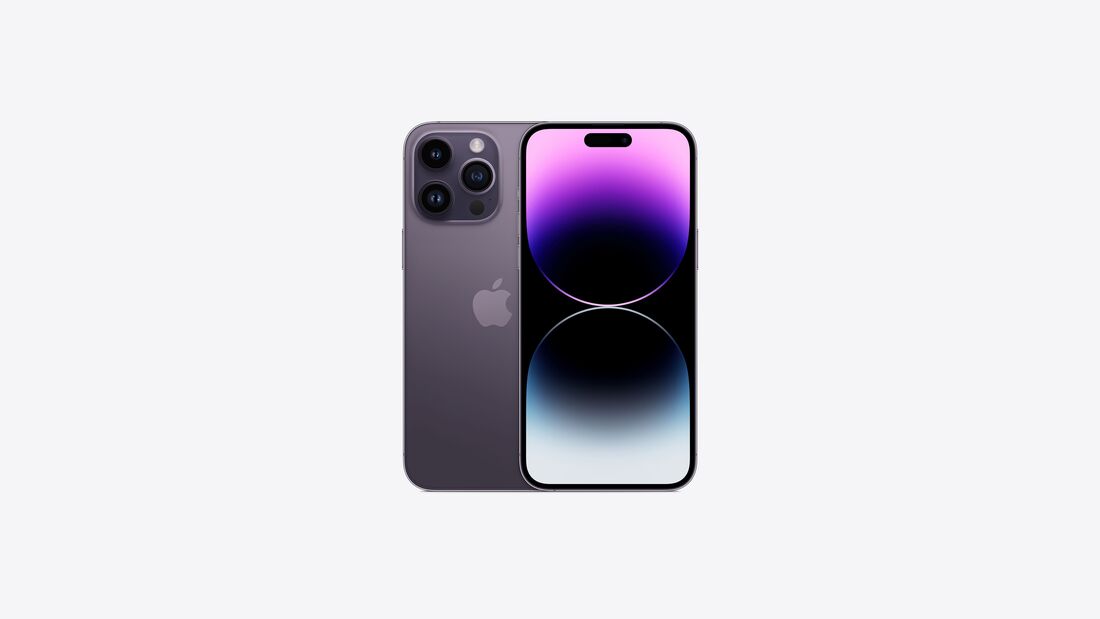
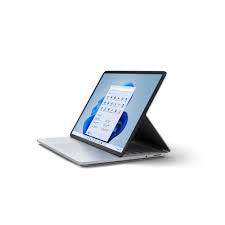
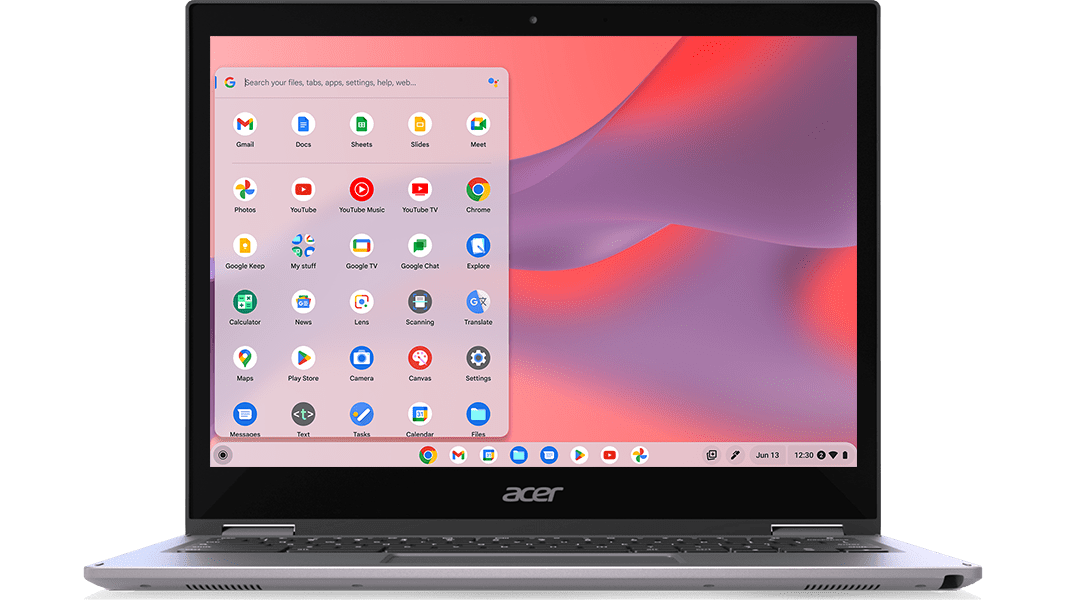
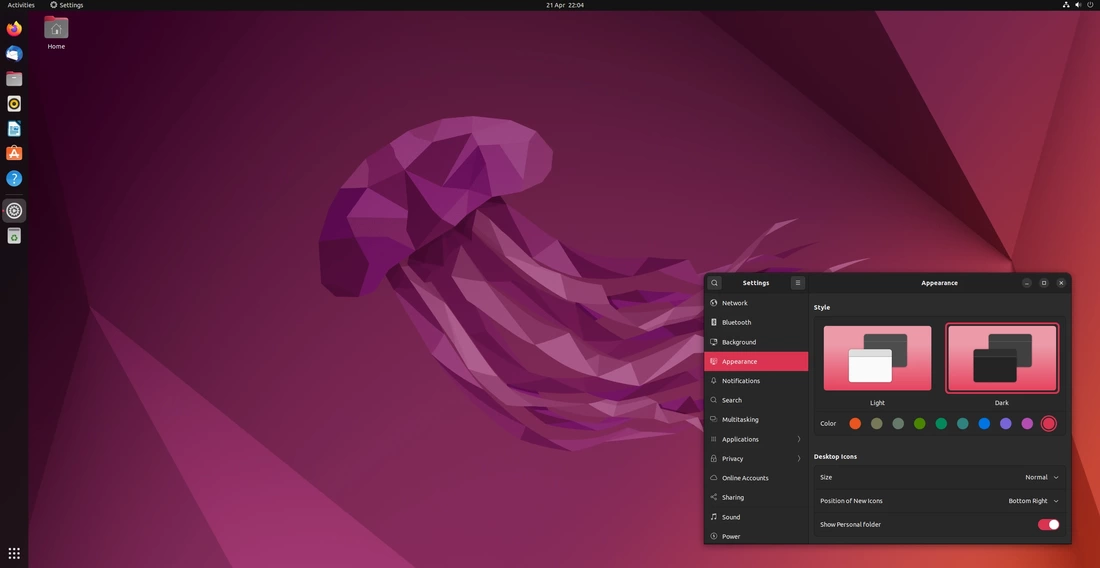
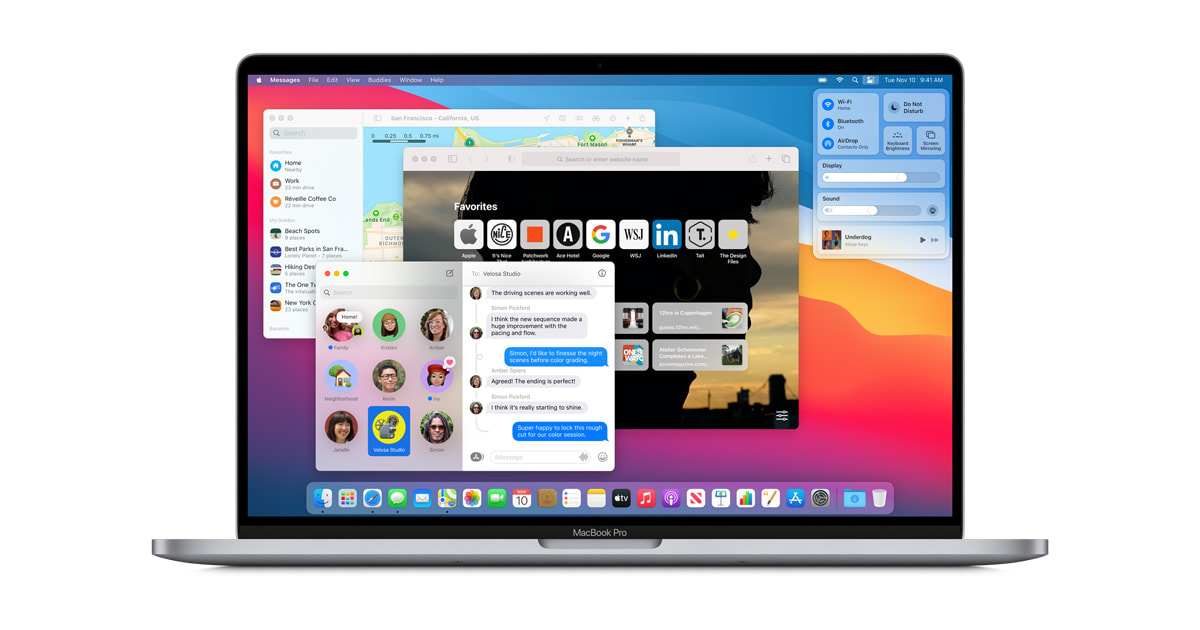
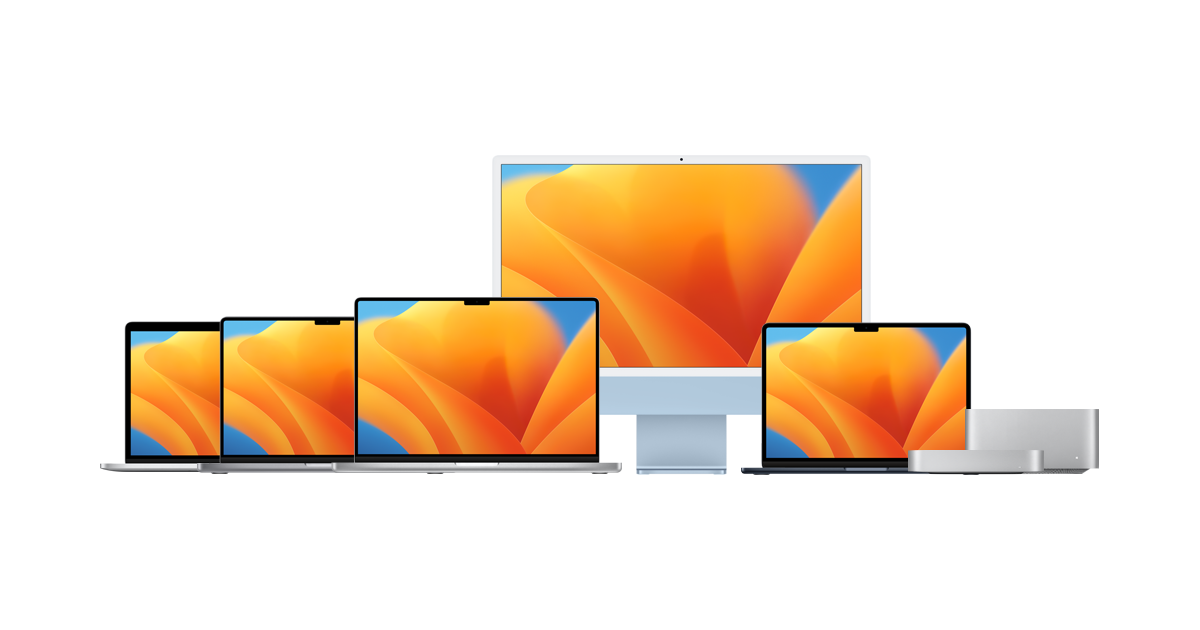
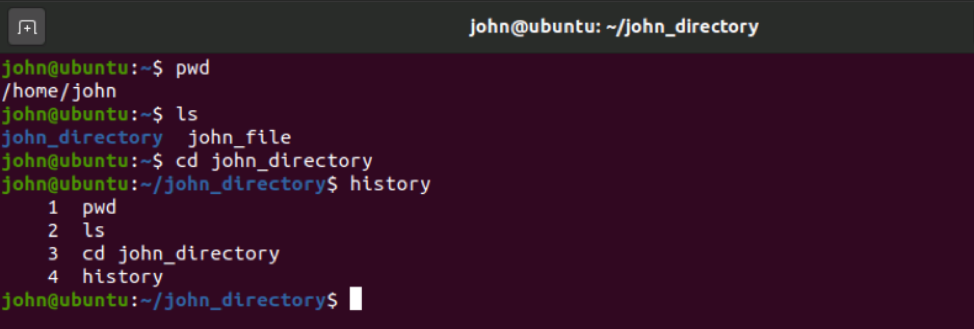
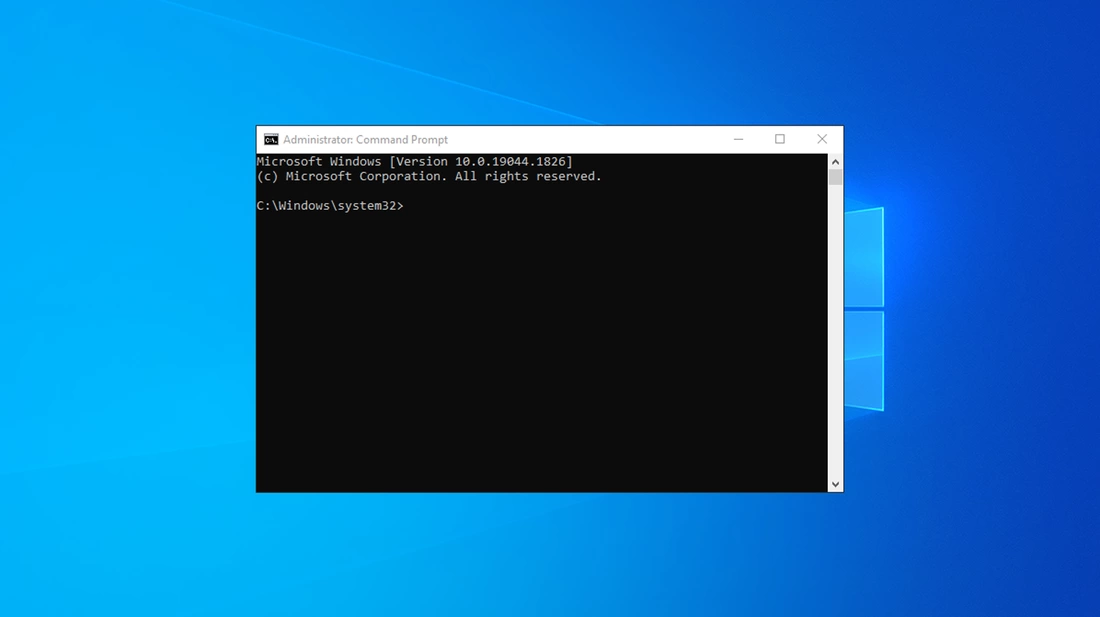
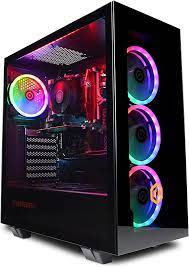
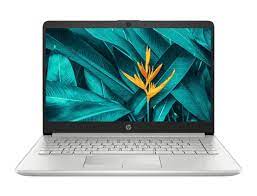
 RSS Feed
RSS Feed